
Urban spaces have long been a canvas for artistic expression, and colorful murals have become a popular way for artists to transform the streets into vibrant works of art. These larger-than-life paintings not only add beauty to the urban landscape, but also serve as a powerful medium for storytelling and social commentary.
Colorful murals can be found in cities all over the world, from New York to Berlin to Sao Paulo. Each mural tells a unique story, reflecting the history, culture, and values of the community it is created in. Whether it’s a whimsical scene depicting playful animals or a thought-provoking image addressing social injustice, these murals have the power to captivate and inspire.
Not only do colorful murals brighten up otherwise dull and drab spaces, but they also provide a platform for artists to share their creativity and embrace the public art movement. These murals are often created collaboratively, with artists coming together to transform a wall or building into a breathtaking masterpiece. The process of creating a mural involves meticulous planning, from selecting the right location to sketching out the design and choosing the perfect color palette.
By using bold and vibrant colors, artists are able to capture the attention of passersby and create a sense of wonder and joy in the urban environment. The use of large-scale imagery also allows for intricate details and added depth, making the mural truly come to life. One of the most striking aspects of colorful murals is their ability to transform a typically mundane space into an awe-inspiring work of art. Whether it’s a graffiti-covered alleyway or a boring concrete wall, murals have the power to breathe new life into the urban landscape.
The Evolution of Street Art
Street art has a rich history that dates back to ancient times. From graffiti in Pompeii to stencils in Paris during the political uprisings of 1968, street art has always been a powerful form of expression.
The Early Days
Street art as we know it today began to emerge in the 1970s and 1980s in cities like New York and Philadelphia. Artists like Keith Haring and Jean-Michel Basquiat used the urban landscape as their canvas, often incorporating social and political messages into their work.
During this time, graffiti became a controversial and highly polarizing form of street art. Many people saw it as vandalism, while others recognized it as an important artistic movement. This tension between artistic expression and illegal activity continues to play a role in the perception of street art today.
The Rise of Stencils and Murals
In the 1990s, stencils started to gain popularity as a way to create detailed and intricate images on the streets. Artists like Banksy brought this technique into the mainstream, using stencils to create thought-provoking and often politically charged works.
In recent years, murals have become a dominant form of street art. Cities around the world are embracing large-scale works that transform buildings and public spaces. These murals often showcase local history, culture, and community values.
Street Art as a Global Movement

Street art has evolved into a global movement, with artists from all over the world making their mark in urban spaces. Festivals and events dedicated to street art have popped up in cities like Berlin, Melbourne, and London, bringing international artists together to create vibrant public art installations.
As street art continues to evolve, new techniques and styles are constantly emerging. Artists are using everything from wheatpaste to yarn bombing to create visually stunning and thought-provoking works. Street art has the power to transform public spaces, spark conversations, and challenge the status quo.
- References:
- Tate: Street Art
- Artspace: A Brief History of Street Art
- Street Art News
The Impact of Murals on the Urban Environment
Murals have a significant impact on the urban environment, transforming blank walls into vibrant works of art that can ignite emotions and spark conversations. These colorful paintings have become an integral part of many cities, redefining how urban spaces are perceived and experienced. Let’s explore the various ways in which murals influence the urban environment:
1. Beautification and Aesthetics
Murals have the power to beautify a cityscape, turning mundane and dreary spaces into visually appealing attractions. By adding splashes of color and intricate designs, they create a sense of vitality and excitement that can enhance the overall aesthetics of an area. Whether it’s a realistic depiction or an abstract piece, the unique and eye-catching nature of murals contributes to the visual allure of the urban environment.
2. Cultural Expression and Identity
Murals often serve as a form of cultural expression, reflecting the identity and values of a community. They can convey messages of unity, empowerment, and pride, celebrating the diversity and heritage of a particular neighborhood or city. Murals depicting historical events, iconic figures, or local traditions can preserve and promote cultural identity. As such, they contribute to a cohesive and inclusive urban environment that recognizes and values its different cultures.
Murals play a crucial role in transforming urban spaces into vibrant, inclusive, and engaging environments.
3. Social Engagement and Interaction
Murals are not just static artworks; they have the power to engage and connect communities. By creating visually stimulating and thought-provoking pieces, murals can inspire conversations and foster a sense of community engagement. They become focal points for people to gather, take photos, and share their experiences. Whether commissioned by the local government or initiated by grassroots organizations, murals create opportunities for social interaction and storytelling, thus strengthening the bonds within a community.
Murals go beyond their aesthetic appeal; they contribute to a sense of place and belonging.
4. Economic Development and Tourism

Murals can also have a positive impact on the economic development of a city. When strategically placed in areas with high foot traffic, they can attract tourists and visitors, boosting local businesses and stimulating the economy. Murals have become sought-after attractions, with people actively seeking out cities known for their vibrant street art scenes. The popularity of street art tours and festivals further highlights the economic potential of murals. By positioning themselves as cultural hubs, cities can generate revenue and foster a thriving creative economy.
The Power of Graffiti: From Vandalism to Art
Graffiti, once associated solely with vandalism and defacing public property, has now transformed into a powerful form of artistic expression. Gone are the days when graffiti was viewed as mere acts of rebellion or acts of destruction. Today, it is recognized as a legitimate art form that can convey powerful messages, spark social change, and beautify urban landscapes.
The Evolution of Graffiti
Graffiti has a long and storied history, dating back thousands of years. It has been found in ancient civilizations such as ancient Egypt and ancient Greece, where it was used as a form of political protest and means of communication. In modern history, graffiti emerged in the 1960s in cities like New York and Philadelphia, where it served as a way for marginalized communities to express themselves and claim ownership over public spaces.
Over time, graffiti has evolved from simple tags and signatures into elaborate murals and pieces of art. Artists now use a wide variety of techniques, such as stenciling, wheatpasting, and spray-painting, to create intricate and detailed works. With advancements in technology and the rise of street art festivals and exhibitions, graffiti has gained mainstream recognition and acceptance.
The Power of Graffiti

Graffiti holds the power to transform urban spaces, turning blank walls into vibrant works of art. It has the ability to capture the essence of a community, to tell stories, and to ignite important conversations. Graffiti can address social and political issues, challenge societal norms, and give voice to marginalized groups. It can also beautify neighborhoods, create a sense of pride and identity, and attract visitors and tourists to otherwise overlooked areas.
Furthermore, graffiti can foster a sense of community and connection. It encourages interaction and engagement, as people stop to admire and discuss the art. Graffiti also has the power to inspire and motivate, serving as a visual reminder of the resilience and creativity of the human spirit.
| Benefits of Graffiti | Drawbacks of Graffiti |
|---|---|
| – Beautifies urban spaces | – Illegal when done without permission |
| – Encourages creative expression | – Can contribute to visual clutter |
| – Sparks dialogue and social change | – Can be seen as a form of vandalism |
While graffiti still faces criticism and legal challenges, its power as a form of art cannot be denied. It has the ability to transcend boundaries, challenge authority, and make a lasting impact on both individuals and communities. From its humble beginnings as acts of rebellion, graffiti has emerged as a force for positive change and a testament to the resilience of the human imagination.
Unveiling the Artistic Process: Behind the Scenes of Mural Creation
When it comes to creating vibrant and captivating murals, there is more than meets the eye. Behind every stunning urban artwork, there is an extensive artistic process that goes into its creation. In this article, we unveil the behind-the-scenes journey of mural creation.
The Inspiration: From Concept to Design
Every mural starts with an idea, a concept that ignites the artist’s imagination. Whether it’s a celebration of local culture, a political statement, or an exploration of abstract shapes and colors, the inspiration for a mural can come from many sources.
Once the concept is solidified, the artist begins the design phase. Using a combination of digital software and hand-drawn sketches, the mural design takes shape. This step involves careful consideration of the mural’s composition, color palette, and overall aesthetic appeal.
Preparation: From Wall to Canvas
Before the painting begins, the mural wall must be prepared. This involves cleaning the surface, repairing any damages, and applying a base layer of paint or primer. The preparation process ensures a smooth and stable canvas for the artwork.
Once the wall is ready, the artist transfers the finalized design onto the surface. This can be done through a variety of methods, including freehand drawing or using stencils. The careful transfer of the design sets the stage for the main painting process.
The Painting: Bringing the Design to Life
The painting process is often the most time-consuming part of creating a mural. Using a combination of brushes, rollers, and aerosol spray paint, the artist meticulously adds layers of color and detail to the design. This stage requires precision and patience to achieve the desired visual impact.
Throughout the painting process, the artist may encounter challenges, such as adverse weather conditions or technical difficulties. However, these obstacles are ultimately overcome through the artist’s perseverance and creative problem-solving skills.
The Finishing Touches: Adding Depth and Detail
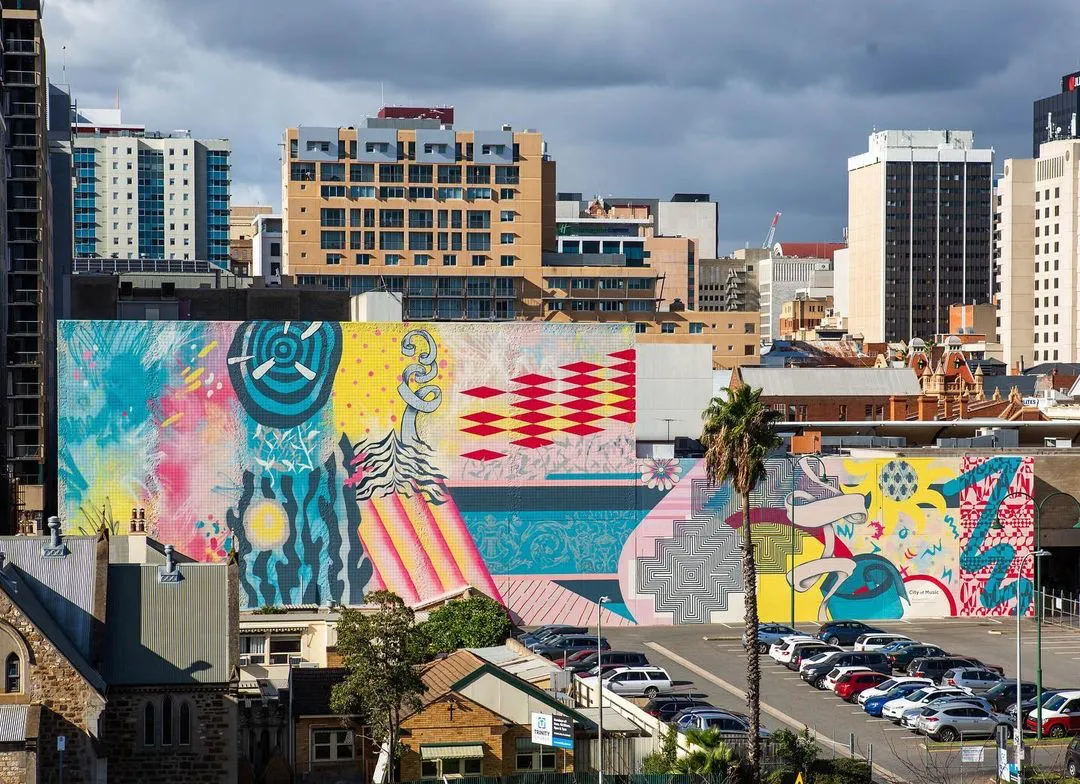
Once the main painting is complete, the artist adds the finishing touches to enhance the mural’s depth and overall impact. This can include adding shading, highlights, and texture to create a sense of dimensionality and realism.
In some cases, the artist may also incorporate additional elements into the mural, such as collage materials or mixed media. These additions further enrich the artwork and add layers of visual interest.
| Stage | Description |
|---|---|
| Inspiration | Coming up with the concept and design for the mural |
| Preparation | Preparing the mural wall and transferring the design |
| Painting | Applying layers of color and detail to the design |
| Finishing Touches | Adding depth, texture, and additional elements |
The Role of Muralists in Transforming Walls into Canvases
Muralists play a vital role in transforming ordinary walls and buildings into vibrant canvases that engage and inspire communities. With their artistic vision, muralists have the power to revitalize urban spaces, creating a sense of identity and pride in the local community.
Through their imaginative use of color, composition, and subject matter, muralists are able to capture the spirit of a neighborhood or city and communicate its history, values, and aspirations. They have the ability to turn blank walls into stories, using visual narratives to reflect the unique culture and character of a place.
In addition to their creative skills, muralists also possess the technical expertise needed to execute large-scale paintings. They understand the logistical challenges of working on outdoor surfaces, such as weather conditions, scale, and durability. Muralists are experienced in using various materials and techniques, including spray paint, brushes, and rollers, to bring their artwork to life.
Furthermore, muralists often collaborate closely with community members and stakeholders throughout the process. They conduct research, gather input, and incorporate local stories and symbols into their designs. By involving the community in the creation of the mural, muralists create a sense of ownership and connection to the artwork, fostering a stronger sense of community cohesion.
The impact of muralists goes beyond the aesthetic transformation of walls. Their work has been shown to have social and economic benefits, as well. Murals can attract tourists and visitors, boosting local businesses and stimulating economic growth. They can also serve as a form of social commentary, addressing important social issues and sparking conversations within the community.
Bringing Communities Together: Murals as a Form of Public Art
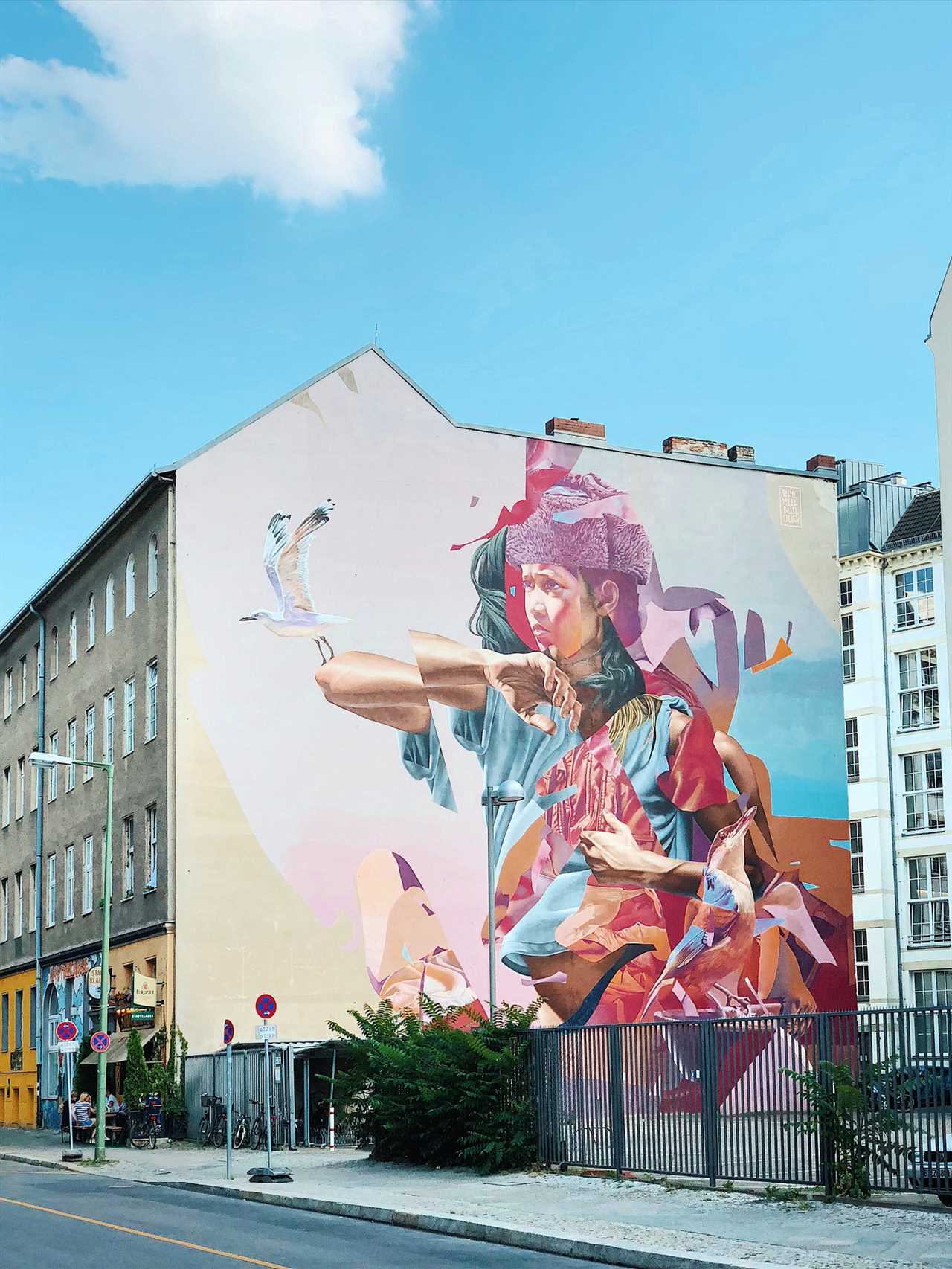
Colorful murals have become powerful tools for bringing communities together and creating a sense of unity in urban spaces. By transforming blank walls into vibrant canvases, murals serve as a form of public art that can engage and inspire people of all backgrounds.
One of the key advantages of murals as a form of public art is their accessibility. Unlike artwork displayed in museums or galleries, murals are often located in public spaces such as streets, parks, and buildings. This means that anyone can stumble upon a mural while going about their daily lives, regardless of whether or not they consider themselves art enthusiasts. This accessibility helps to break down the barrier between art and everyday life, inviting people to engage with and appreciate art in a more informal and spontaneous way.
Murals also have the power to transform neglected or forgotten areas into vibrant and welcoming spaces. By beautifying walls and buildings, murals can revitalize communities and create a sense of pride within the neighborhood. When local artists collaborate with residents to design and create murals, it fosters a sense of ownership and connection to the artwork and the community as a whole.
Furthermore, murals often serve as a platform for dialogue and expression. Artists use murals to address social, political, and environmental issues, sparking conversations and raising awareness about important topics. The process of creating these murals can also be a collaborative and inclusive experience, with artists working closely with community members to ensure that the artwork reflects their values and concerns.
Exploring the Diversity of Mural Styles and Techniques
Murals are a visually captivating form of art that can be found in various urban spaces around the world. One of the most fascinating aspects of murals is the diversity of styles and techniques that artists use to create them. Each mural is a unique expression of the artist’s vision, and the different styles and techniques employed can greatly impact the overall aesthetic and message of the artwork.
Abstract Murals:
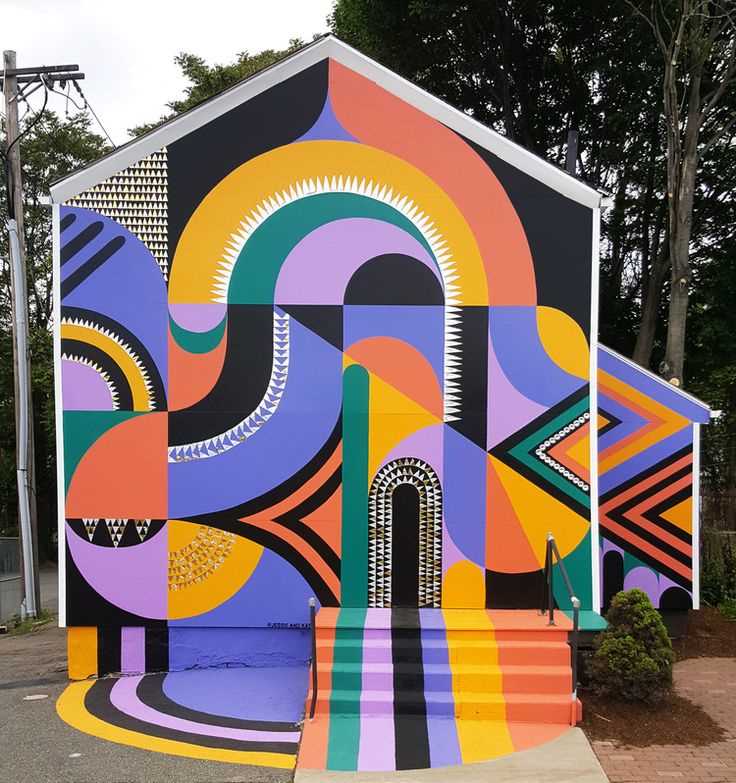
Some murals feature abstract designs, utilizing shapes, forms, and colors to create a non-representational image. These murals often evoke emotions or convey abstract concepts, allowing viewers to interpret the artwork in their own unique way.
Realistic Murals:
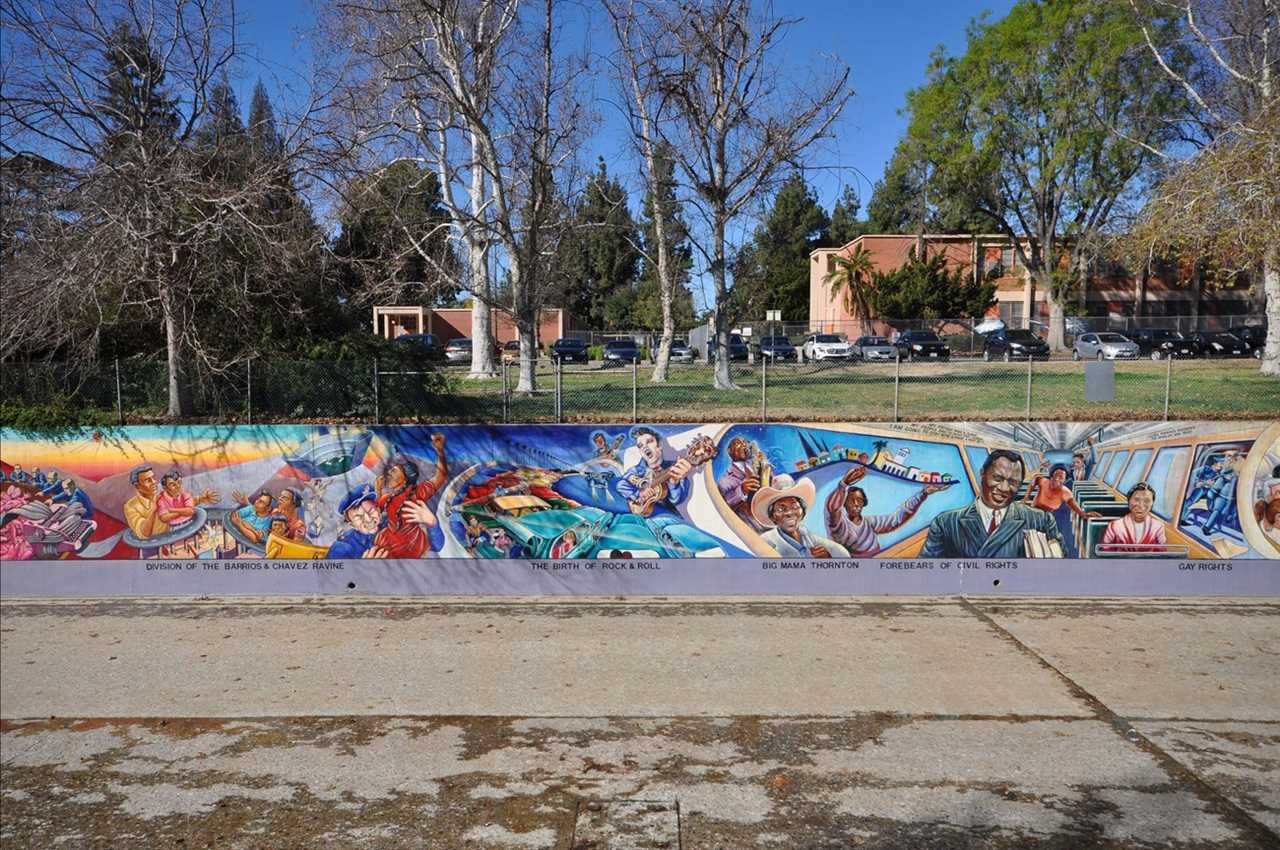
Other murals strive to capture realistic images, depicting people, nature, or objects with precision and attention to detail. These murals can often appear lifelike, blurring the line between art and reality and creating a sense of awe and wonderment.
There are also various techniques artists use to apply paint to the surfaces of buildings or walls. Some murals are painted directly onto the surface using brushes, while others may involve stencils, spray paint, or even digital techniques. Each technique offers its own unique set of challenges and opportunities for creativity, resulting in a diverse range of mural styles.
The materials used to create murals also contribute to their distinctive styles and textures. Artists may choose to work with traditional mediums like acrylic or oil paints, or they may experiment with unconventional materials like mosaic tiles, glass, or even recycled materials. These choices can add depth and dimension to the artwork, making it visually dynamic and intriguing.
Furthermore, the location and context of a mural can also influence its style and technique. Murals that are displayed in urban areas may incorporate elements of street art, graffiti, or urban culture, while those in more formal settings may draw inspiration from classical art or contemporary design. The surrounding environment can inspire and inform the artist’s choices, resulting in murals that are uniquely suited to their specific locations.
The Cultural Significance of Murals in Different Countries
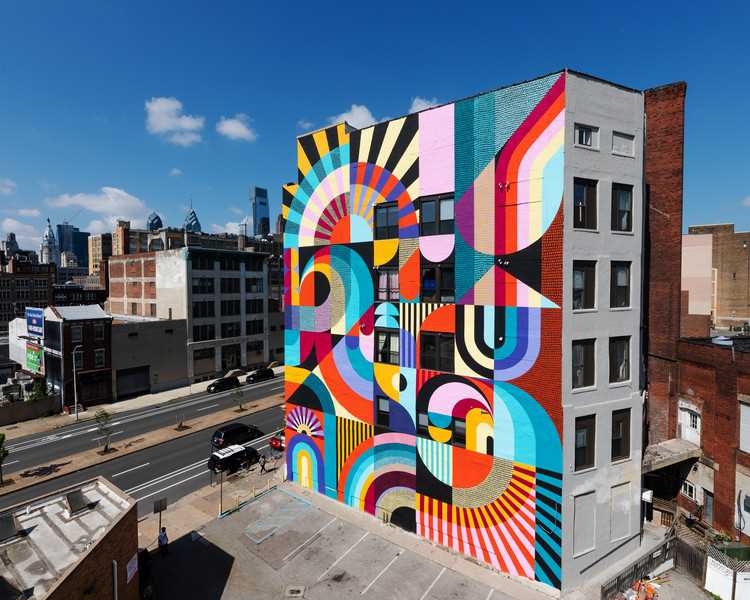
Murals have played a significant role in shaping the cultural identity of different countries around the world. These large-scale artworks not only add visual appeal to urban spaces but also provide a platform for artistic expression and storytelling.
Preserving History and Heritage
In many countries, murals serve as a way to preserve and celebrate historical events, traditions, and heritage. They often depict important figures, landmarks, or cultural practices that are of great significance to the local community. These murals act as reminders of the past and help to create a sense of pride and connection to one’s roots.
Social and Political Commentary
Murals have long been used as a form of social and political commentary. Artists use their work to address important issues such as inequality, discrimination, and human rights. The public display of these murals allows for a wider audience to engage in these discussions and reflect on the society they live in.
For example, in Mexico, murals played a crucial role in the country’s post-revolution period. Artists like Diego Rivera used murals to depict the struggles and aspirations of the Mexican people, highlighting the importance of social justice and equality.
Similarly, in Northern Ireland, murals became a powerful visual tool during the Troubles, a period of political conflict. These murals expressed the political and cultural divisions in society, acting as symbols of identity and belonging.
Overall, murals bring art out of galleries and into the public realm, making it accessible to everyone. They serve as a means of cultural expression, historical preservation, and social commentary, enriching the urban landscape and fostering a sense of community. The significance of murals in different countries cannot be underestimated, as they continue to shape and reflect the cultural fabric of these societies.
The Social and Political Messages Portrayed by Murals
Murals often serve as a powerful medium for social and political commentary, allowing artists to express their views and engage with the community. These vibrant and eye-catching artworks can capture the attention of passersby and spark conversations about important issues.
One common theme seen in murals is the promotion of social justice. Artists use their work to raise awareness about inequality, racism, and other forms of discrimination. They may depict scenes that illustrate the struggles faced by marginalized communities or highlight the need for change. By portraying these issues in a visually striking way, murals can draw attention to social injustices and inspire action.
Inspiring Community Unity
Murals also have the power to foster a sense of community and unity. Many murals are created as collaborative projects involving community members, who may contribute ideas, help with the painting process, or participate in mural festivals. This involvement allows residents to take ownership of their neighborhood and feel a sense of pride in their community.
Furthermore, murals can serve as symbols of resilience and hope, particularly in areas that have experienced hardship. They can bring people together, creating a shared experience and encouraging dialogue. Through their artwork, artists can convey messages of unity, solidarity, and the strength of a community working together.
Critiquing Political Systems
In addition to addressing social issues, murals often provide a platform for political critique. Artists may depict politicians or political events, expressing their opinions on current affairs. These murals can challenge the status quo, question authority, and provoke thought. By using public spaces as their canvas, artists bring political discussions out of formal institutions and into the streets, making them more accessible and engaging for everyone.
Murals also have the potential to become symbols of resistance and protest. During times of political unrest or social movements, artists may create murals that serve as rallying points or visual representations of resistance. These artworks can inspire and empower individuals, giving them a sense of agency and resilience in the face of oppressive systems.
Preserving Murals: Challenges and Conservation Efforts
Preserving murals in urban spaces poses numerous challenges due to various factors such as weather conditions, vandalism, and the natural aging process. Conserving these vibrant works of art requires a combination of effort, expertise, and resources.
One of the main challenges in preserving murals is the constant exposure to the elements. Outdoor murals are vulnerable to damage from rain, sun, wind, and pollution. Over time, the paint may fade, crack, or peel, leading to a loss of the mural’s original vibrancy. To combat this, conservationists employ protective coatings that act as a barrier against these environmental factors. Regular inspections and maintenance are also essential to identify any signs of deterioration and address them promptly.
Vandalism is another significant threat to the preservation of murals. Graffiti or intentional defacement can quickly ruin a mural and require immediate attention. To prevent vandalism, some communities implement measures such as installing surveillance cameras, increasing public awareness of the artworks’ cultural value, and partnering with local authorities to enforce laws against graffiti and vandalism.
The natural aging process is inevitable and poses challenges to preserving murals. Over time, the materials used in creating the mural may deteriorate, making restoration and conservation efforts more complicated. Moreover, the original artists may not be available to provide guidance or recreate the artwork if needed. To overcome these challenges, conservationists work closely with art historians, scientists, and skilled restorers to develop techniques and materials that preserve the mural’s integrity while ensuring its longevity.
Conservation efforts to preserve murals involve collaborations between artists, community organizations, and governmental agencies. Local communities often take an active role in organizing mural restoration projects, fundraising, and raising awareness about the value of these artworks. Additionally, partnerships with museums, universities, and art institutions provide expertise, resources, and research facilities necessary for conservation work.

I am a mural enthusiast and a fervent admirer of street art. Rather than creating murals myself, I am passionate about collecting them. My love for street art knows no bounds. I am dedicated to curating and cherishing these artworks that grace the streets. My collection stands as a testament to my profound appreciation for this form of artistic expression.
read about me



